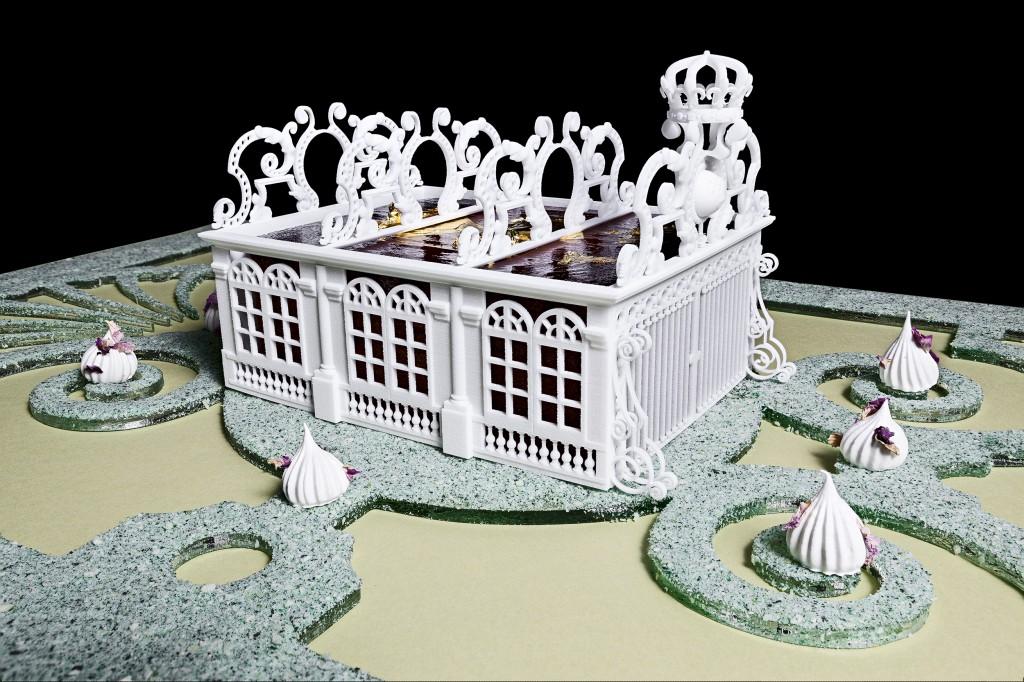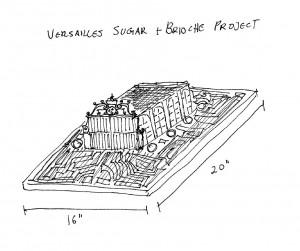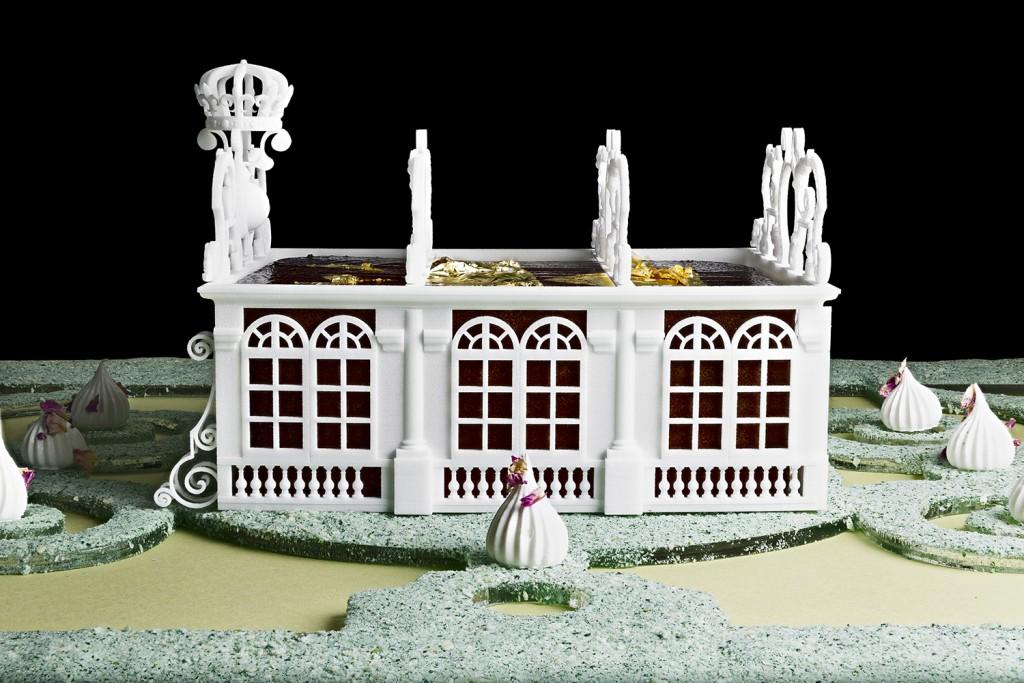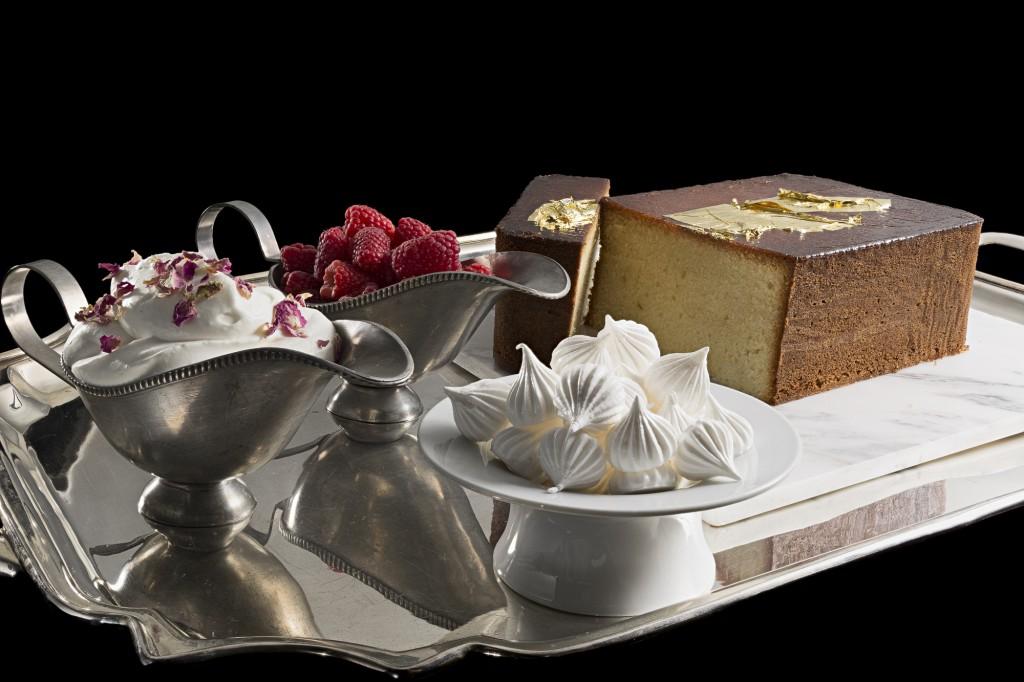Marie Antoinette, who famously did not say ‘let them eat cake’ when told about the inability of France’s poor to afford bread, is perhaps one of the most polarizing figures from the French Revolution. While she wasn’t directly involved in the events that led to the storming of the Bastille fortress in the wake of the growing French Revolution, Antoinette found herself an easy target for the revolutionaries’ rage. Not only because of her Austrian heritage, but because of her efforts to maintain the power of the monarchy throughout the transition.
While historians continue to separate fact from propaganda and revisionist history, one thing has always been clear–Antoinette never would have told the poor to eat cake; had she said anything, she would have told them to eat brioche. The extremely rich, expensive and decadent bread was usually served to French nobility and well out of reach for the average citizen. During an exceptionally long period of scarcity of bread and flour, a frustrated and hungry mob stormed the Palace of Versailles and forced the king and queen to return to Paris and address the growing resentment of their subjects. So it seems that regardless of the accuracy of the quote, bread still played an important role in the abolition of France’s monarchy.
So when the cooking lab at Modernist Cuisine in Bellevue, Washington was contacted by 3D Systems to team up and produce an elaborate 3D printed food creation, they decided to pay tribute to the historic palace and the infamous bread. The cooking lab was already close to perfecting their recipe for brioche, so they decided to design a 3D printed sugar structure shaped like Versailles as an elaborate decoration for the dessert bread. Modernist Cuisine started with a hand drawn sketch of a simplified version of the iconic palace. Conceived by their head chef Francisco Migoya, the elaborate dessert included a 3D printed sugar structure, meringue topiaries, as well as an elaborate acrylic base cut to resemble the gardens of Versailles. Once Migoya was happy with his design, he passed his sketch on to 3D Systems Culinary to be converted into a 3D model, and ultimately 3D printed from pure white sugar using 3D Systems food 3D printer the ChefJet Pro.
 The structure needed to be able to fit completely around a brioche while still maintaining the look and feel of Versailles. Because the ChefJet is based on powder 3D printing technology, the team at 3D Systems Culinary was able to design and print a very detailed recreation of the château’s Baroque architecture, distinctive windows and ornate gates. Realistically, the sugar structure’s complex geometries could only be created in sugar using a 3D printer like the ChefJet. In order to maintain such a high level of detail in an object printed in such a fragile material, massive supports would have needed to be included in order to even try to use a typical extrusion style printer. However the ChefJet Pro uses technology very similar to an inkjet printer to print a design on thin layers of sugar. The geometry is completely supported by the excess material, which is then simply blown away using compressed air.
The structure needed to be able to fit completely around a brioche while still maintaining the look and feel of Versailles. Because the ChefJet is based on powder 3D printing technology, the team at 3D Systems Culinary was able to design and print a very detailed recreation of the château’s Baroque architecture, distinctive windows and ornate gates. Realistically, the sugar structure’s complex geometries could only be created in sugar using a 3D printer like the ChefJet. In order to maintain such a high level of detail in an object printed in such a fragile material, massive supports would have needed to be included in order to even try to use a typical extrusion style printer. However the ChefJet Pro uses technology very similar to an inkjet printer to print a design on thin layers of sugar. The geometry is completely supported by the excess material, which is then simply blown away using compressed air.
“Once the 3D printed sugar structure was delivered by the 3D Systems Culinary team, head chef Migoya baked an incredibly rich brioche. True to the project, it’s totally decadent—eggy, buttery, subtly sweet, and utterly delicious. He began construction by coating the brioche in a glaze of pectin and water, then topped it with gold leaf as a nod to the façade of Versailles. Gold leaf is safe to eat and has been consumed throughout history; ancient Egyptian royalty mixed gold in with their food, even incorporating it into breads,” Modernist Cuisine explained on their blog.
Here is a video showing the dessert Palace of Versailles being constructed:
Once he had all of the various components for his dessert in one place, Migoya assembled his eatable palace just in time for France’s Bastille Day. He glazed the acrylic base and coated it with green panko to simulate grass and added several meringue bushes. Migoya placed the gold leaf topped brioche at the center of the base and covered it with the 3D printed details.
His brioche recipe is just as decadent as history tells us that it was back in the 18th century. With its rich and slightly sweet taste, brioche is not the type of bread that you make a ham sandwich out of. You probably could, and it would probably be delicious, but before you could tell anyone about your dessert bread sandwich your heart would probably seize.
Migoya and the rest of the cooking lab served the dessert the same way that it would have been served in 18th century France, topped with a generous heaping of whipped cream. Although they also went ahead and added some raspberries for the pop of color. And because fresh berries make everything better, especially desserts. So how delicious does this modern reinterpretation of the traditional French dessert look? Let us know over on our ChefJet Pro 3D Printed Palace of Versailles forum thread at 3DPB.com.
Subscribe to Our Email Newsletter
Stay up-to-date on all the latest news from the 3D printing industry and receive information and offers from third party vendors.
You May Also Like
Gorilla Sports GE’s First 3D Printed Titanium Cast
How do you help a gorilla with a broken arm? Sounds like the start of a bad joke a zookeeper might tell, but it’s an actual dilemma recently faced by...
Nylon 3D Printed Parts Made More Functional with Coatings & Colors
Parts 3D printed from polyamide (PA, Nylon) 12 using powder bed fusion (PBF) are a mainstay in the additive manufacturing (AM) industry. While post-finishing processes have improved the porosity of...
$25M to Back Sintavia’s Largest Expansion of Metal 3D Printing Capacity Since 2019
Sintavia, the digital manufacturing company specializing in mission-critical parts for strategic sectors, announced a $25 million investment to increase its production capacity, the largest expansion to its operations since 2019....
Velo3D Initiates Public Offering in a Bid to Strengthen Financial Foundations and Drive Future Growth
Velo3D (NYSE: VLD) has been among a number of publicly traded 3D printing firms that have attempted to weather the current macroeconomic climate. After posting a challenging financial report for 2023,...































